
Mark Breazzano, MD, discusses his research into the decrease in urgent and emergent procedures in ophthalmology, how he's handling it in his practice, and how to make patients more comfortable coming in to receive care.

Mark Breazzano, MD, discusses his research into the decrease in urgent and emergent procedures in ophthalmology, how he's handling it in his practice, and how to make patients more comfortable coming in to receive care.

Development of new animal model enhances study of genetic mutations.

A new study reveals that children of mothers with diabetes during pregnancy have an increased risk of eye problems.
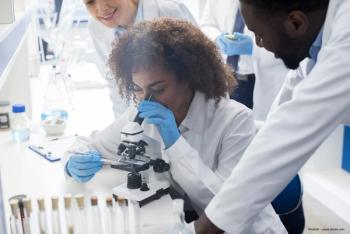
Science fiction is quickly becoming science fact as a team of German scientists has developed a small, lab-grown brain cell cluster that developed fundamental eye structures.

Approval may inspire increased vaccination effort.

The American Academy of Ophthalmology issued a guidance this week requiring all in-person attendees at its annual meeting Nov. 12-15 in New Orleans to show proof of COVID-19 vaccination.

The American Society of Retina Specialists is gearing up for its 39th annual scientific meeting Oct. 8-12 at the JW Marriott San Antonio Hill Country Resort and Spa in San Antonio, Texas.

Programming includes 16 EURETINA sessions; 22 symposia; 44 instructional courses; 85 hours of content, and more than 300 speakers.
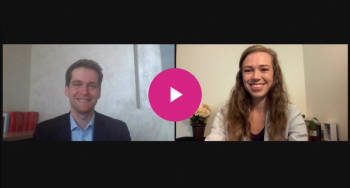
Dr. Mark Breazzano discusses pandemic-related patient hesitancy and how retina specialists can help.

Investigators uncovered evidence that CaMKII could prove to be a desirable therapeutic target for vision preservation in conditions that damage the axons and somas of retinal ganglion cells.

Outlook Therapeutics completes Phase 3 NORSE TWO safety and efficacy trial for ONS-5010, an investigational ophthalmic formulation of bevacizumab for treatment of wet AMD.

The U.S. FDA granted orphan drug designation to ADX-2191, methotrexate for intravitreal injection, as treatment for retinitis pigmentosa.

If approved, Genentech’s treatment of faricimab will be the first and only medicine targeting two distinct pathways, Ang-2 and VEGF-A, that often cause retinal diseases that may cause vision loss.

With orphan drug and fast track status, Neurotech plans to seek FDA approval for its NT-501 Implant platform late next year.

Investigators have found that 78% of neovascular AMD cases have been detected using the PHP home monitoring system.

A team of investigators used corneal confocal microscopy to identify corneal nerve damage in cases of long COVID-19.

Nanoscope Therapeutics Inc. has dosed its first patient in a late-stage Phase 2b trial of a gene therapy that delivers multi-characteristic opsin to retinal cells.

A team of investigators found that the retina may offer signs of COVID-19 infection before symptoms present.
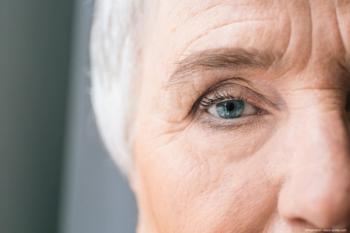
Physicians should hospitalize ON patients to prevent blindness, possible death.

Knowledge of tools used in data interpretation helps clinicians trust accuracy of findings.
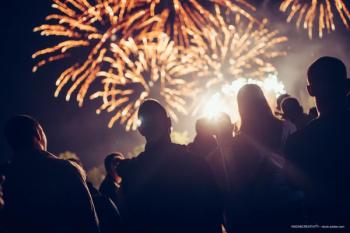
As the Fourth of July approaches, ophthalmologists warn patients to exercise caution with fireworks.

Deep learning predictions of the retinal nerve fiber layer thickness based solely on fundus photographs can be used to monitor the risk of future glaucomatous conversion in glaucoma suspects.

Clues to diagnosis from patient and family histories, examination techniques.

If approved, PDS ranibizumab would become the first and only eye implant with continuous drug delivery, offering an alternative to more frequent anti-VEGF injections for people with wet AMD.
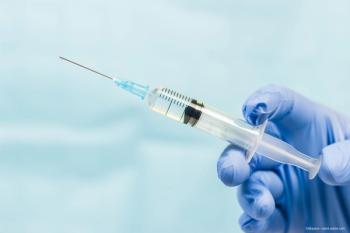
In a study, a single intravitreal injection of ADVM-022 had a 99% reduction in the mean annualized frequency of anti-VEGF injections.
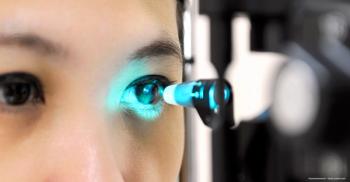
Investigators corroborate the hypothesis that retinal ganglion cells with dendrites stratified in the off sublaminae could be damaged.

According to investigators, the new technology is designed to detect telltale signs of major blinding diseases in retinal blood and tissue that typically go unseen until it is too late.

Amid pandemic, physicians and patients have embraced remote technology.
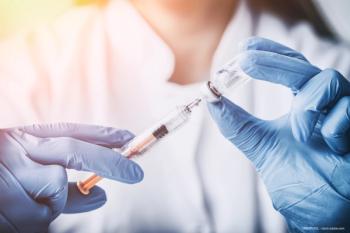
An updated PDS procedure reduces complications.
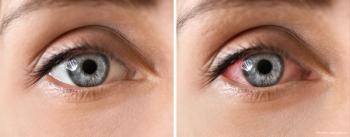
Standardization of Uveitis Nomenclature (SUN) Working Group utilized machine learning to create new uveitis classification criteria, inciting hope for implementation in clinical and research settings.